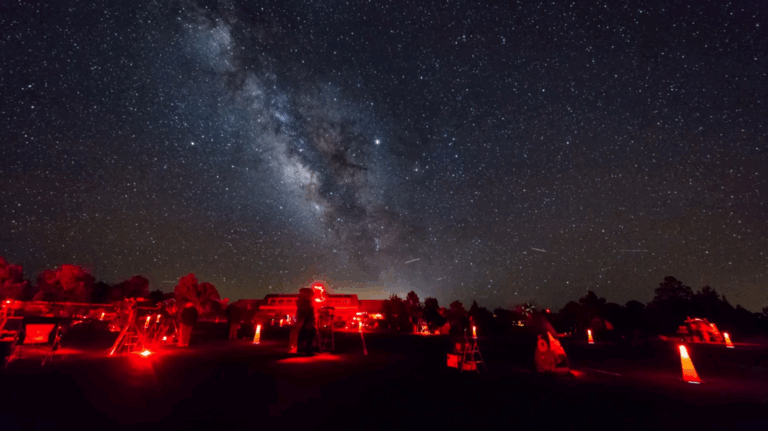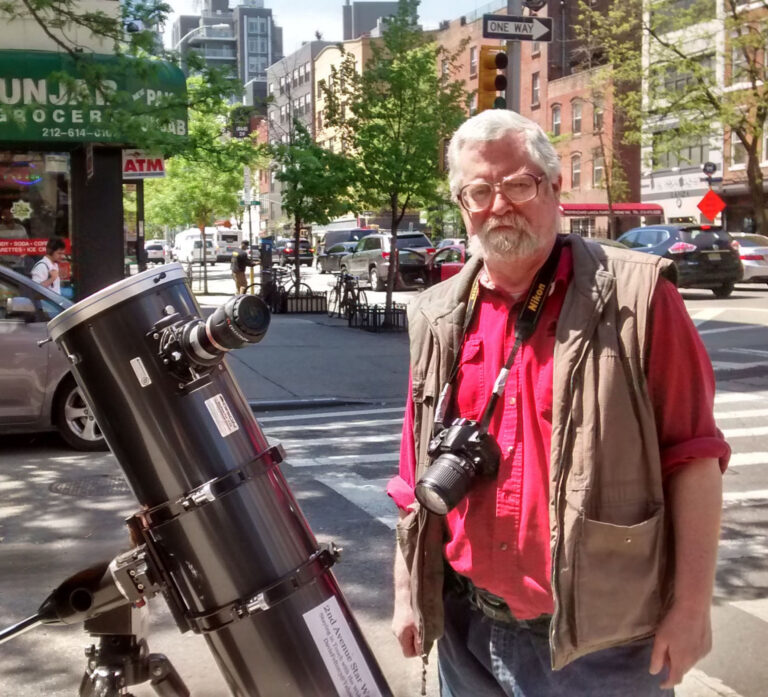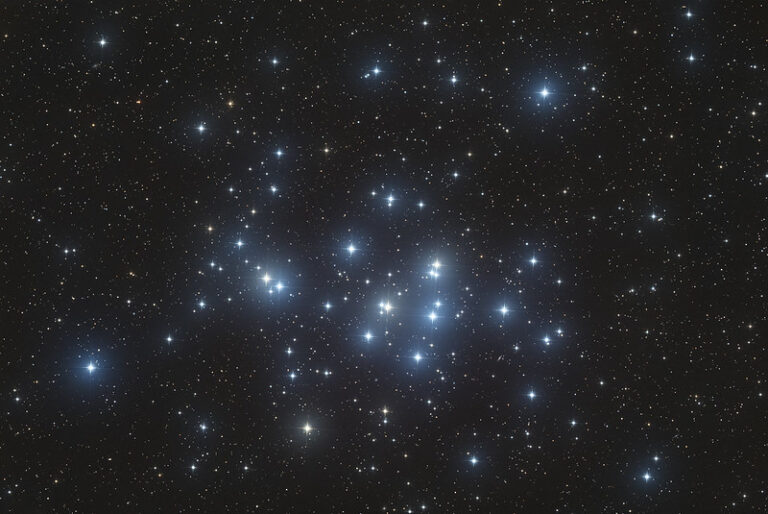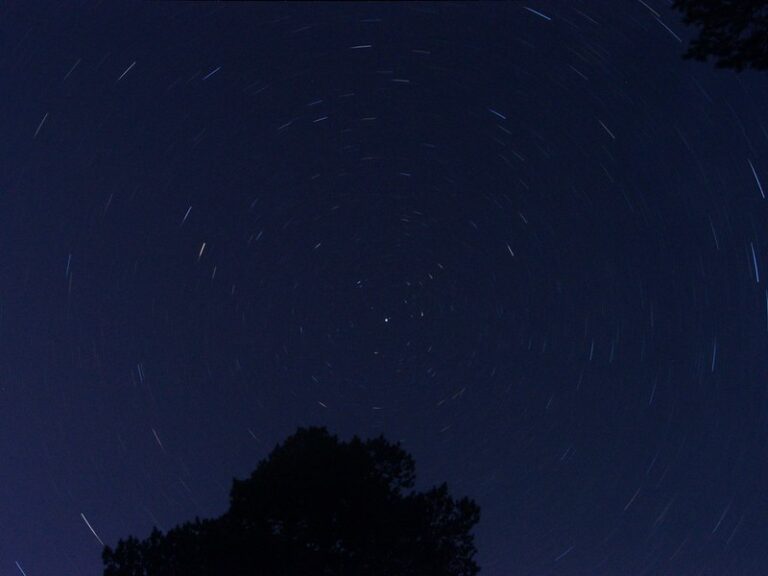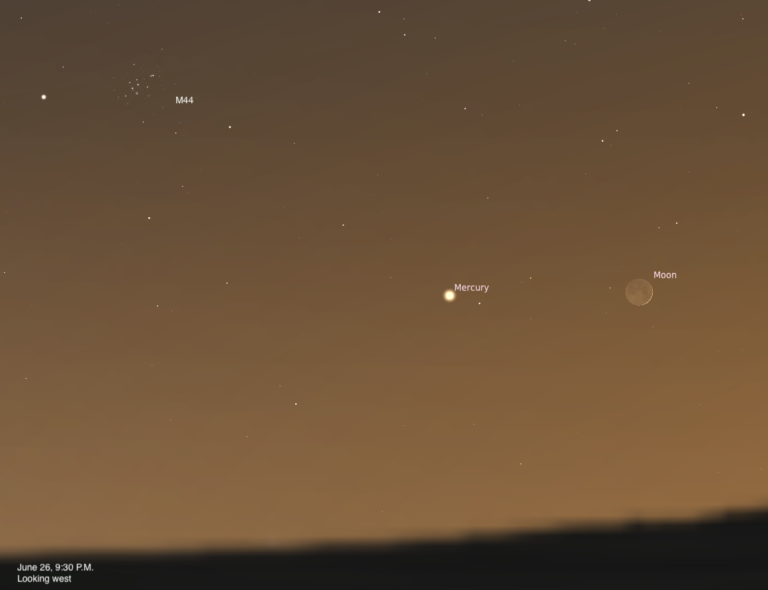This month, I’d like to share some thoughts about a visual riddle: Why does the planet Venus appear to reach half phase earlier than predicted during eastern elongations and later than predicted during western elongations? The phenomenon has vexed planetary astronomers for centuries.
German amateur astronomer Johann Hieronymous Schröter first noticed the effect in 1793. He found the difference between the observed and calculated times of dichotomy — when the planet’s disk is exactly half-illuminated — were, on average, off by six days. (Modern observations are trending toward the number of days being four.) In 1955, the late British astronomy popularizer Patrick Moore dubbed the phenomenon the Schröter effect.
Researchers still aren’t sure what causes it, but explanations include optical effects like sunlight scattering off clouds high in Venus’ twilight sky, and how our eyes perceive light around the terminator. Fortunately, these effects can be studied from our backyards.
An attention shift
In 2021, a waning Venus was expected to achieve dichotomy on the evening of Oct. 28.
My first observation, on Oct. 25 from Maun, Botswana, proved to be of immense interest. On that day, shortly before sunset, I began studying the planet with my 3-inch Tele Vue refractor at 300x. The expected phase of Venus was slightly gibbous at 51.8 percent, but that’s not what I saw. At first, the planet’s terminator appeared straight (as if at dichotomy), but slight polar “horns” or “cusps” soon became apparent, giving the terminator an imperceptible hexagonal appearance. This was the Schröter effect in action: Despite the predicted gibbous phase, it seemed the planet was already displaying the beginnings of a crescent phase. Had I walked away then, I would have thought that I had been a day too late to see dichotomy.
However, by the onset of astronomical twilight, my attention shifted away from the planet’s illuminated portion to the terminator — where, as Schröter wrote, “light and greyish shadow indistinctly intermingle.” As the background sky dimmed, I could see deeper into the terminator shadow, which, in time, expanded just beyond the cusps — giving the disk a meek gibbous appearance. In effect, I had been able to do away with the Schröter effect (though it became harder to do so as the planet lowered in the sky and atmospheric aberrations confused the view).
I repeated this “attention shift” successfully Oct. 26, when Venus was 51.3 percent illuminated. On the 27th, however, the planet appeared at dichotomy, despite my efforts to see it otherwise. This wasn’t surprising, as, on that date, the planet was only 0.8 percent from half phase — well within a visual margin of error with a 3-inch scope. Although the sky was cloudy on the 28th, Venus must have achieved dichotomy on prediction; the crescent phases began on the 29th, as expected.
Twilight observations
What I observed is nothing new — many sources suspect the terminator shadow plays a prime role in the phenomenon. In the autumn 2021 Journal of the Association of Lunar and Planetary Observers, Richard Schumde Jr. and James Dutton analyzed dichotomy measurements made between 1919 and 2001 and concluded that the Schröter effect is “primarily due to two factors: 1) twilight scattering and 2) shading near the terminator.”
One reason for the time discrepancy may be that observers often determine the date of dichotomy by making daytime observations, when the brightness of the background sky helps tame Venus’ brilliance. However, it also diminishes one’s ability to penetrate deeply into the terminator shadow, thereby encouraging the Schröter effect.
It may be valuable to monitor the planet through early twilight instead and see if the results differ. It’s important to note atmospheric conditions and other relevant details. As Schröter wrote: “These appearances depend greatly on the clearness of our atmosphere, on the telescope giving a very distinct, soft, mellow image, and on the eye being properly-prepared for such observations.”
If you’ve had a similar experience, share it at [email protected].


